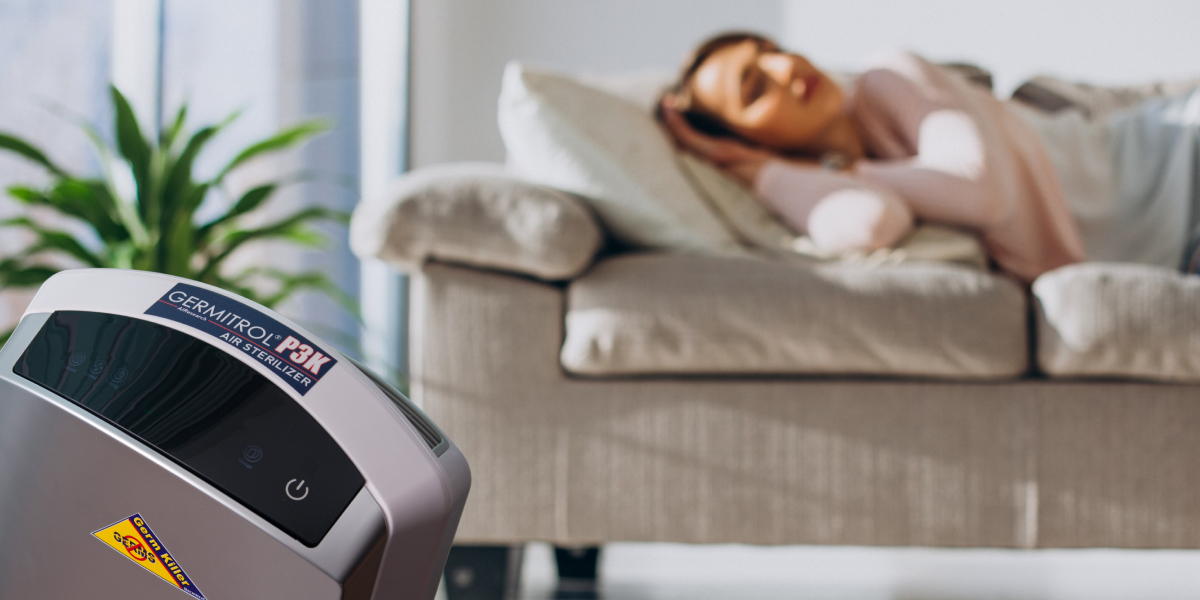
Frequent occurrences of haze, a mixture of airborne pollutants, create a pressing challenge in maintaining optimal indoor air quality. This environmental occurrence, stemming from wildfires, industrial discharges, and urban pollution, not only obscures visibility but also brings with it several health hazards. The fine particles and pollutants within haze can deeply penetrate our respiratory system, exacerbating allergies, asthma, and other respiratory ailments.
In response to this escalating issue, air purifiers have become a crucial asset in safeguarding indoor environments. Equipped with modern filtration technologies, these devices efficiently capture and neutralise a wide spectrum of airborne pollutants. Addressing the smoke's composition and finding effective ways to counter its detrimental effects are vital aspects when selecting a air purifier singapore.
Understanding the Hazards of Haze
Causes: Haze arises from natural sources such as wildfires and human activities such as industrial emissions and vehicle exhausts.
Health and Environmental Impact: These microscopic particles penetrate deeply into the lungs, potentially leading to respiratory problems and worsening existing health conditions.
Complex Composition: Haze represents a complex blend of pollutants beyond just visibility impairment, significantly degrading indoor air quality.
Limitations of Conventional Purifiers
Shortcomings of Traditional Purifiers: While traditional air purifiers effectively combat common pollutants, they often struggle against the microscopic and chemically complex particles found in haze.
Unique Haze Challenges: Haze comprises a blend of gases and fine particles from burning trees, plants, buildings, and other materials. These particles have the potential to infiltrate deep into the respiratory system, causing respiratory issues and health problems.
Key Attributes of Effective Air Purifiers
Selecting an air purifier to combat haze involves understanding crucial features that make them effective:
HEPA Filters: These high-efficiency particulate air filters trap fine particles, including those contributing to haze, ensuring cleaner air output.
Activated Carbon Filters: Complementing HEPA filters, activated carbon filters excel in removing gases and odours.
UV Technology: Some purifiers utilise ultraviolet light to neutralise microorganisms, adding an extra layer of air purification.
Filtering Efficiency: The efficacy of these features lies in their ability to capture a wide range of pollutants, ensuring comprehensive air cleaning.
The Role of Ultraviolet (UV) Technology
To address the limitations of traditional air purifiers, modern solutions such as Ultraviolet (UV) technology have emerged.
Understanding UV Technology: UV light, particularly UV-C, has demonstrated effectiveness in neutralising harmful elements in the air, offering additional protection against viruses, bacteria, germs, and particularly, the harmful particles found in wildfire smoke.
Advantages of UV in Combating Haze:
Efficiency: UV technology efficiently eliminates all bacteria, showcasing remarkable effectiveness.
Safety: While UV light can be harmful, products like those from Airesearch Technology contain UV light efficiently, making them safe for home and office use.
Integration with Traditional Filters: Combined with traditional filters, UV technology offers an additional layer of filtration. While filters trap larger particles, UV light handles microscopic ones, ensuring the air you breathe is free from harmful pollutants.
How UV Air Purifiers Address Haze
Delving into UV-C Technology
Targeted Neutralisation: UV-C light disrupts the DNA of harmful microorganisms, rendering them inactive.
Efficiency: Unlike traditional filters, UV-C light effectively neutralises even the tiniest harmful particles, making it especially potent against haze.
Integration with Traditional Filters
Dual Defence: The amalgamation of UV technology with traditional filtration creates a two-pronged defence mechanism. While filters tackle larger particles, UV light neutralises the smaller, more harmful ones.
The Fusion of UV Technology with Traditional Filters
When it comes to air purification, integrating modern UV technology with traditional filters has emerged as a contemporary solution. While traditional filters excel in trapping larger pollutants, they often fall short against minuscule, harmful particles. This is where UV technology steps in, providing an effective solution to neutralise these threats.
Dual Defence Mechanism: By incorporating UV technology, air purifiers now offer a two-pronged defence. Traditional filters manage larger particles, while UV light addresses the smaller, more harmful ones.
Enhanced Efficiency: This combination ensures a comprehensive purification process, leaving no room for harmful elements to escape.
How Germitrol Products Leverage This Combination
Airesearch Technology's Germitrol range showcases the benefits of this combination. With meticulous design and a focus on efficiency, Germitrol products deliver quality protection against pollutants.
Top UV Air Purifiers for Haze
Navigating the array of big air purifier in the market can be challenging. However, Airesearch Technology’s offerings stand out, designed to suit various needs:
GERMITROL P3K: A portable solution, ideal for smaller spaces, ensuring clean air without compromising mobility.
CEILING STERILIZER: Created for larger rooms and offices, this ceiling-mounted unit provides comprehensive coverage, ensuring every breath you take is pure.
WALL STERILIZER: A versatile wall-mounted option that seamlessly blends with interiors while offering top-notch air purification.
Conclusion
Choosing the right air purifier to combat haze significantly contributes to maintaining healthier indoor air quality. By understanding various aspects of air purifiers, from types and features to maintenance and additional indoor air quality strategies, informed decisions can be made to suit specific needs.
